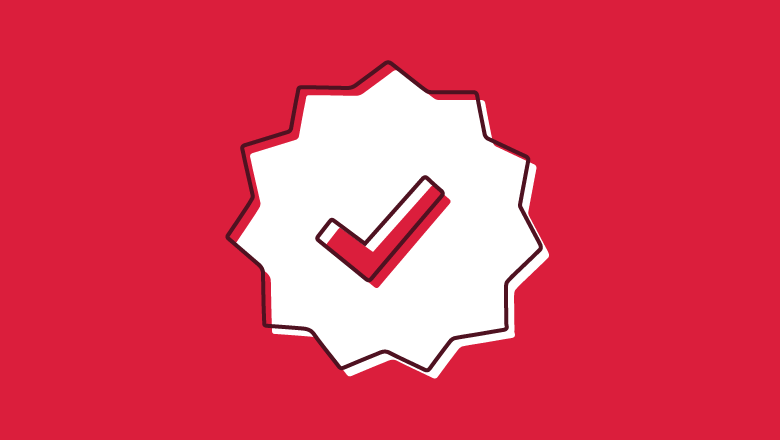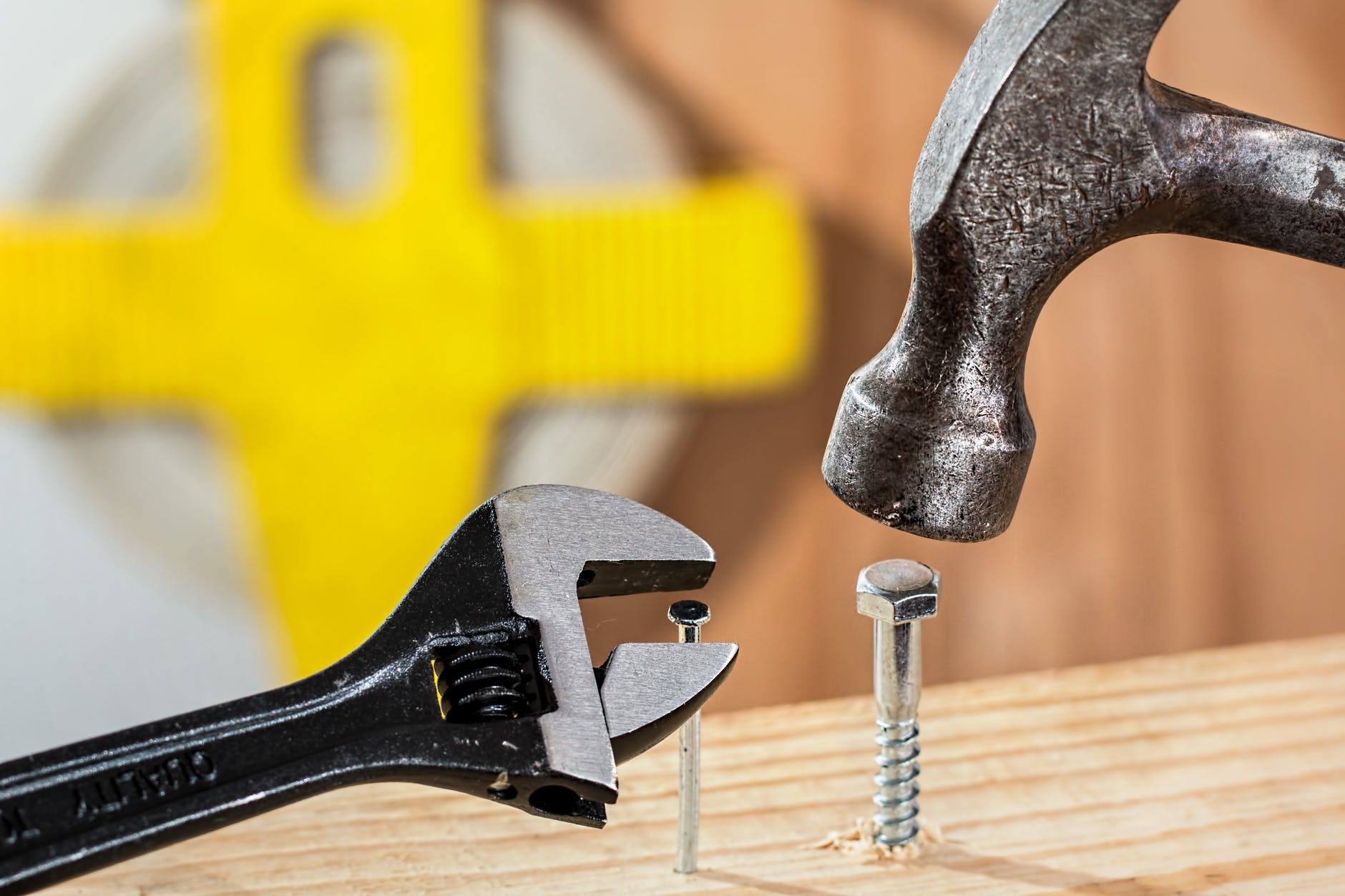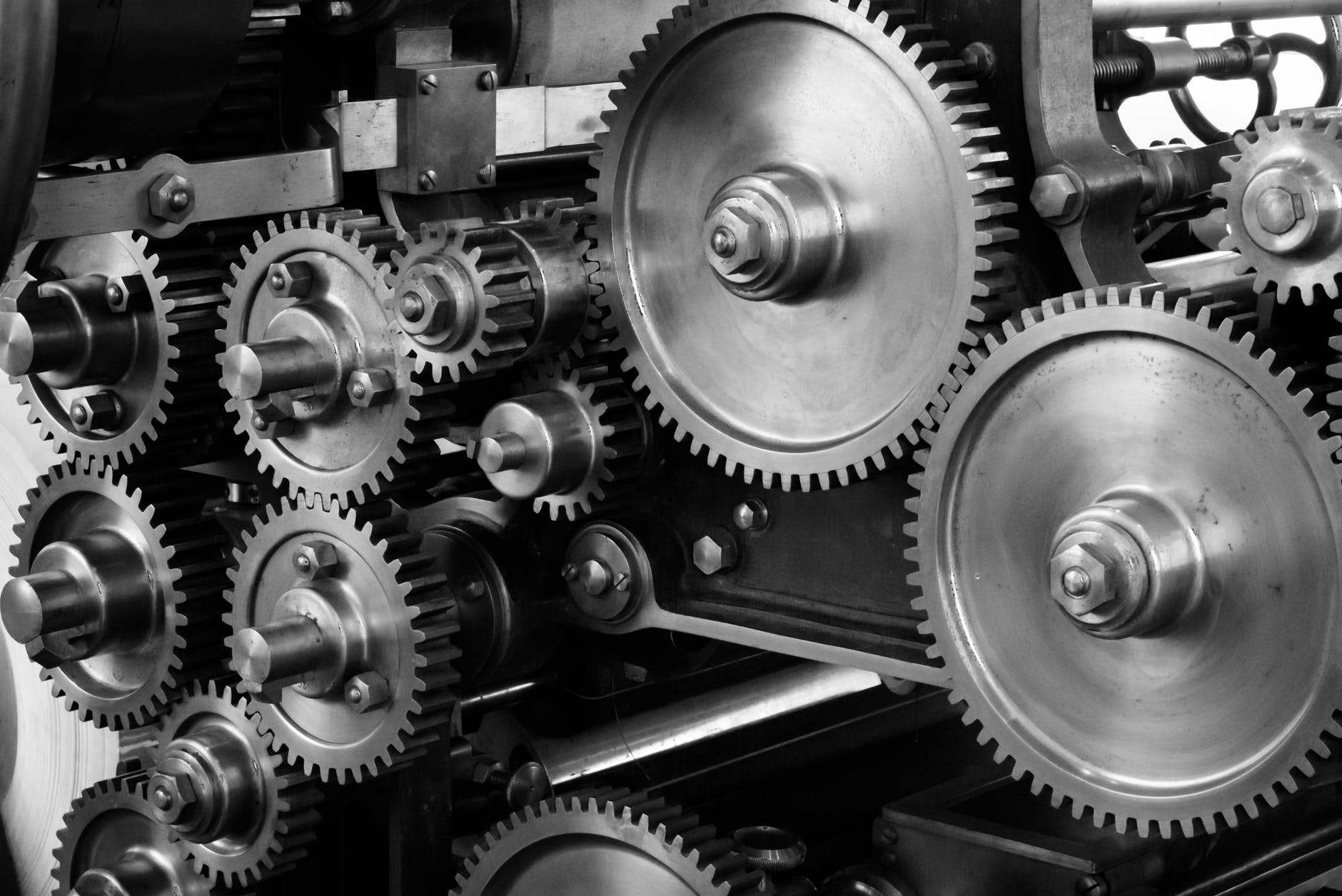Tune-up Suggestions to Keep Your Metal Fabrication Tools in Good Shape
Posted by Juan E. Chavez on 26th Mar 2019
Keep Your Metal Fabrication Tools in Tip-top Shape with These Tune-up Suggestions

When you have a car, you keep your vehicle in good shape by waxing it, rotating its tires, changing the oil, and performing other routine maintenance procedures. You apply the same level of care with your metal fabrication tools. Auto shop owners using these pieces of equipment regularly need to perform routine maintenance to keep them working in optimal condition.
If your metal fab tools are due for a tune-up, keep these suggestions in mind:
- For Body Hammers

These hammers are the bread and butter of metal fabrication tools. You need to keep them as clean and smooth as possible. An effective way to achieve this goal is to sand and polish the “face” of the hammer lightly. This keeps them tuned up and prevents any defects from transferring into a panel. This is especially important if you’re taking on softer metals, such as aluminum, and trying to metal finish steel components.
- For English Wheels
 An English wheel is a machine
that adds beautiful shapes into metal. It works by pinching the metal between
the wheels’ lower and upper part, which stretches out the metal. Due to the
force involved, the machine can easily sustain damage by an object that goes
through the wheel, such as pieces of metal debris and weld spatter. It’s a good
idea, therefore, to do a wipe down on the wheels.
An English wheel is a machine
that adds beautiful shapes into metal. It works by pinching the metal between
the wheels’ lower and upper part, which stretches out the metal. Due to the
force involved, the machine can easily sustain damage by an object that goes
through the wheel, such as pieces of metal debris and weld spatter. It’s a good
idea, therefore, to do a wipe down on the wheels.
- For Shrinkers and Stretchers
These two items are great at moving metal by pulling on the handle or with the push of a pedal. They also work well in creating a shape or bending a piece of metal to satisfy your needs. Similar to any mechanical tool, they work best when tuned up properly. When you don’t maintain them regularly, the textured jaws become clogged with metal. Additionally, they eventually lose their stretching or shrinking efficiency and may not be able to move metals quickly.

The good news is that this issue is simple to check and correct. First, locate the tools’ little grooves in the jaws. They should have tiny slivers of powder or metal. Then, take the jaws apart and use a wire brush to get rid of the metal dust or shavings completely. Additionally, you can use a small pick to remove the stubborn bits that remain on the jaws.
Apart from doing spring cleaning, take this time to adjust the inside faces of your shrinker with a sander. By taking out a tiny amount of material, you enable the jaws to grab and shrink more material.
- For Hand-Operated Bead Rollers
Bead rollers, just like shrinkers and stretchers, are excellent tools for manipulating metal. While these machines tend to work well with minimal maintenance, you still need to do a few tune-ups. One suggestion is to keep your bead roller adjusted and lubricated properly. Don’t forget to lube up the gears on the roller’s handle side. You’ll be surprised at how much smoother and easier it is to use the equipment.
If you’re looking for manual rollers for your shop, turn to JMC Equipment. We have high-quality Baileigh bead rollers that meet your needs. We take pride in the fact that the rollers we have in stock are long-lasting.
HAVE A LOOK HOW WORKS THE BR-16-E-36 BAILEIGH BEAD ROLLERS!!
This bead roller’s open concept design gives you extra working area. Add beads to bent panels and large sheets for auto or airplane projects. Foot pedal controls leave your hands free.
- Maximum capacity of 16 gauge mild steel.
- Integrated adjustable depth stop makes it simple to create and repeat perfectly straight beads.
- Rigid steel construction reduces flex and ensures accurate beads over many years of production.
- Variable-speed pedal lets you press harder to go faster, or roll more slowly for detailed patterns.
Get intouch with us today for more information.


